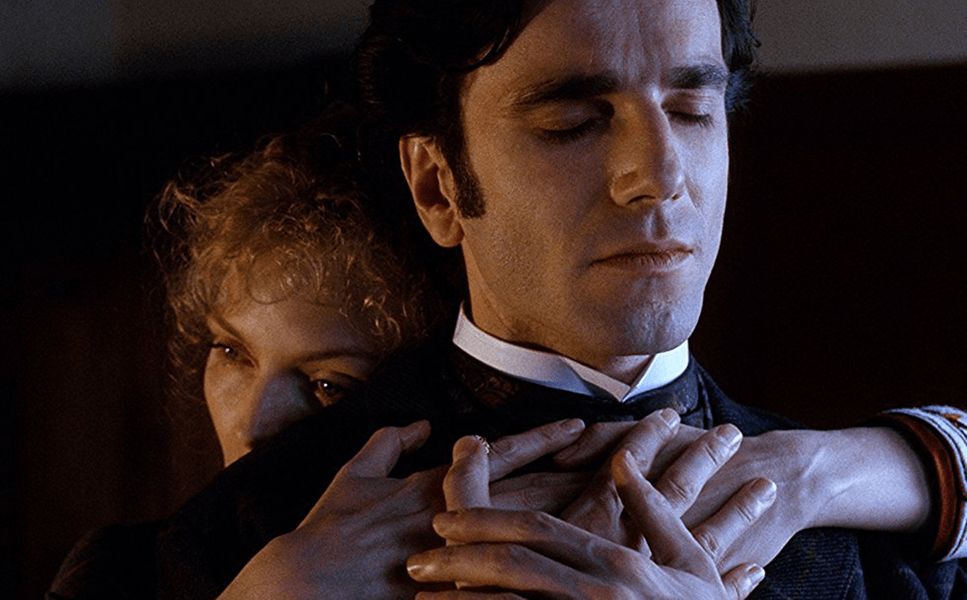As Netflix is continuously piling its figurative shelves with reams of original projects, it’s worth reminding ourselves that they started out by sharing some of the greatest Hollywood titles ever made. So, with Netflix Flashback, we’re looking back at some of the platform’s classic films and reminding ourselves just how great they are — next up is the 1993 film The Age of Innocence that has aged remarkably well over the last decade.
Adapted from Edith Wharton’s 1920 novel that basically dealt with the intricate manners and etiquettes of 1870s aristocratic families in New York, The Age of Innocence saw Scorsese departing from his comfort zone and waltzing his way into the opulence and grandeur of the upper echelons of the well-bred Edwardian society, upholding their values and traditions, beneath the beauty of which lay the ugly and bitter face of betrayal. Starring the likes of Daniel Day-Lewis, Michelle Pfeiffer and Winona Ryder, the film abounds in elegant dresses, grand balls, romantic strolls and illicit affairs.
The film focuses on the wealthy socialites who maintain their relationships by engaging in marital contracts. However, the protagonist, Newland Archer, finds himself at the crossroads between his emotions, desires and societal pressures and expectations when his betrothal with the demure May is disrupted by the arrival of the beautiful and seductive Countess Olenska.
The Age of Innocence was not successful at the box office. However, it is important to note that the film is the proof of Martin Scorsese’s creative genius, ingenuity and excellence. It is a feature that allows him to deftly depart from the usual genre of machismo and crime and delve dexterously into the world of manners and high-class values. His epic versatility is complemented by the cinematographer Michael Ballhaus’ innate eye for the grandiose of the era as he delves into the visual grandeur of the era. The narrator serves as the middle-man and acts as a voyeur whose steady commentary on the changing landscape within the film add to our observational skills.
The film constantly challenges the aristocratic ideas and beliefs as well as the impositions that often causes a conflict between one’s head and heart. It is a heavy-handed commentary on the skewed ideas of morality and manners while exploring the restrictions imposed by such a society on an individual. Grief, pain, longing and loss serve as the important pillars in the film and one might feel like they are watching a melodramatic opera. Pretence runs high, parallel to the crippling fear of loneliness and alienation as one often forgets oneself while trying to maintain the facade.
The Age of Innocence explores melancholy and love on various levels, coming to a conclusion about the inconclusive nature of love. It causes the viewers to introspect and feel deeply and is a breath of fresh air within Scorsese’s oeuvre that usually sees men wielding guns and countering mafioso families. Scorsese stays true to his roots and bases the film in New York yet the sets are so-designed to serve as an escape from the daily drudgery and simply bask in the extravagance, no matter how pretentious, of the Edwardian times.
